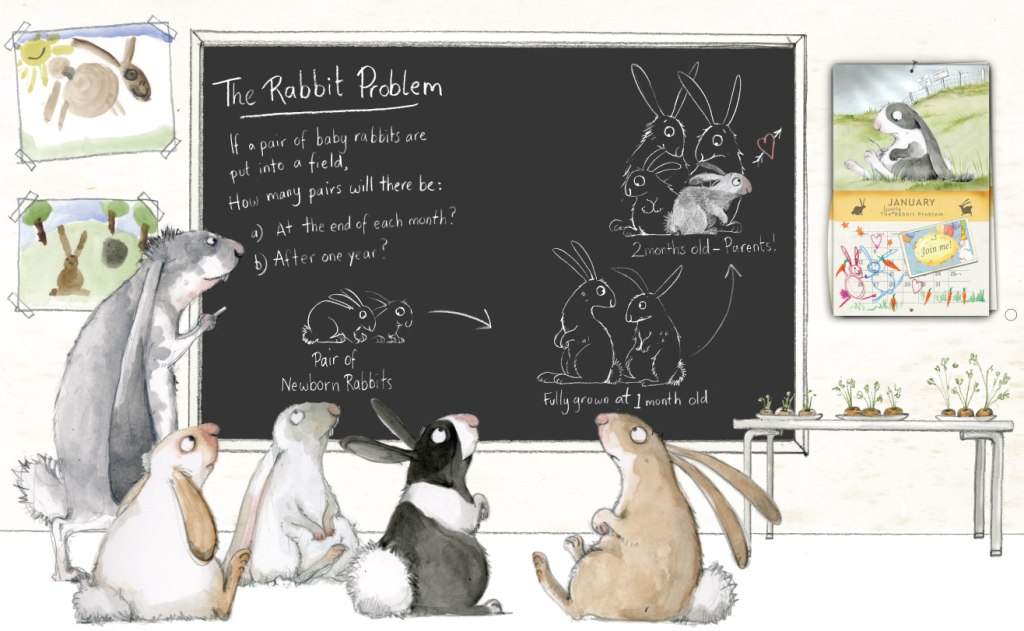With ever more children being packed into schools, Emily Gravett’s The Rabbit Problem, in which a colony of rabbits must deal with the challenges of a rising population, may well strike a chord.

Similar resources
- No Refuge – Graphic novel activities about refugees for UKS2
- Short story writing – Author-led resources for KS1 and KS2
- Christmas activity sheets – KS1 / KS2 fun & educational printables
- Learning gaps – How to ensure no pupil drifts too far
- Writing horror – Write a scary scene with Fear Files: Hide & Seek










